Suiting up for Intel Computer Clubhouse Annual Conference
Categories:
In March of 2006, the Intel Computer Clubhouse Annual Conference was held in Mexico City, Mexico. I had been involved with WYTEC Clubhouse in Chicago for about 6 months during that time and was still familiarizing myself with the technoloy as well as the learning model of the clubhouse. Last year's conference exposed me to new people and creative ideas to implement at my clubhouse, from Flash animation ideas to using a Green Screen in digital photography and video.
I am pleased to learn that the annual Intel Computer Clubhouse Conference in 2007 will be here in Chicago. This conference will give me an opportuinity to reconnect with the individuals I met last year as well as share creative ideas and learn software I am not too familiar with.






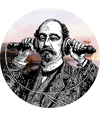




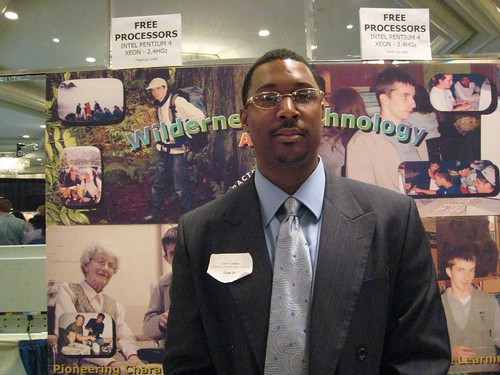

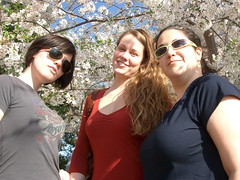
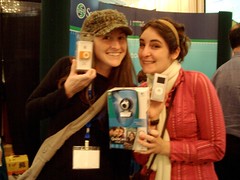

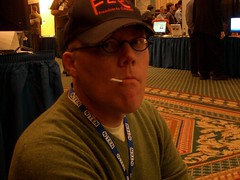
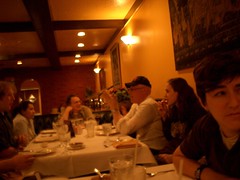
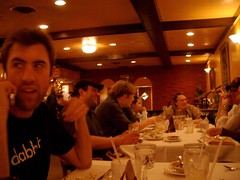
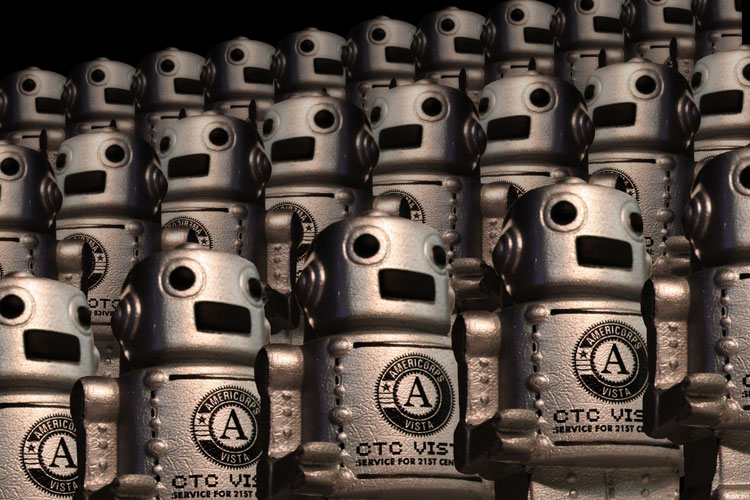


 "For some fun, go listen to the
"For some fun, go listen to the 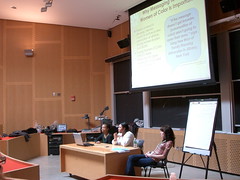
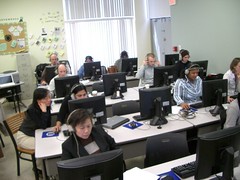
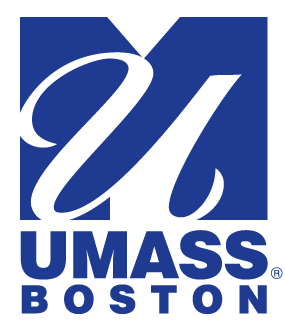


Comment from danielle martin on April 18, 2007 - 12:33pm
I'm coming to Chicago, ready or not!
-Danielle